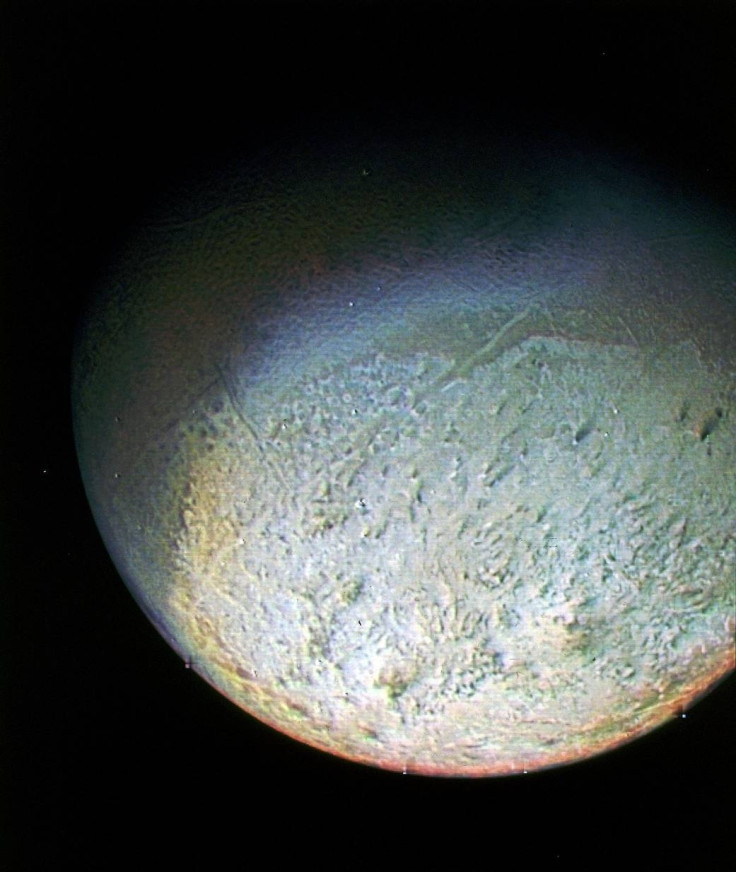Here's how Nasa plans to chase Neptune's moon Triton as it casts a shadow on Earth
Nasa shared the specifics of the mission in a post on Tumblr.

Nasa is currently studying and analysing Neptune's largest moon Triton with the help of the flying telescope Stratospheric Observatory for Infrared Astronomy (Sofia), after the planetary body cast a faint shadow on the Earth on Thursday (5 October).
Nasa shared the specifics about how they plan to go about the mission in a post on Tumblr. Even though the event has already taken place, Nasa is yet to divulge any details about whether its mission was successful.
Sofia is a large, 100-inch telescope that has been customised to fit inside an old 747 jumbo jet. With the altitude advantage and the manoeuvrability that it affords, Sofia is used to study the life cycle of stars, planets like Mars and Jupiter, nearby planetary systems, galaxies, black holes and complex molecules in space, according to the post.
The mission involves Sofia catching up with a shadow that Triton casts on Earth and getting under it to make observations. While that seems like a straightforward plan, the shadow of Triton is travelling at a speed of over 85,200kmph (53,000mph), revealed Nasa. Sofia's flight speed is limited to around 1,050kmph (652mph) and there is only one possible shot at getting it right.

Nasa scientists charted out a flight path that puts Sofia exactly at the centre of the shadow just as the moon and the star, whose light it blocks, line up precisely. This gives the observatory the best possible view of the event.
This celestial event, although comparable to an eclipse, is technically called an occultation. It happens when a body like a planet or a moon of a planet blocks a star's light and casts a shadow on Earth.
Since the star is a distant one and the light that Triton blocks is scant, the shadow is faint and is unlikely that people on Earth can see it. However, special telescopes can capture occultation events, notes Nasa.
As to what the team on Sofia will learn from being in the shadow, Nasa says that it is a good place to study the atmosphere of Triton, which is believed to be made mostly of nitrogen.
The last time Nasa got a good look at Triton was when Voyager 2 flew by it back in 1989, says the report.
© Copyright IBTimes 2025. All rights reserved.





















